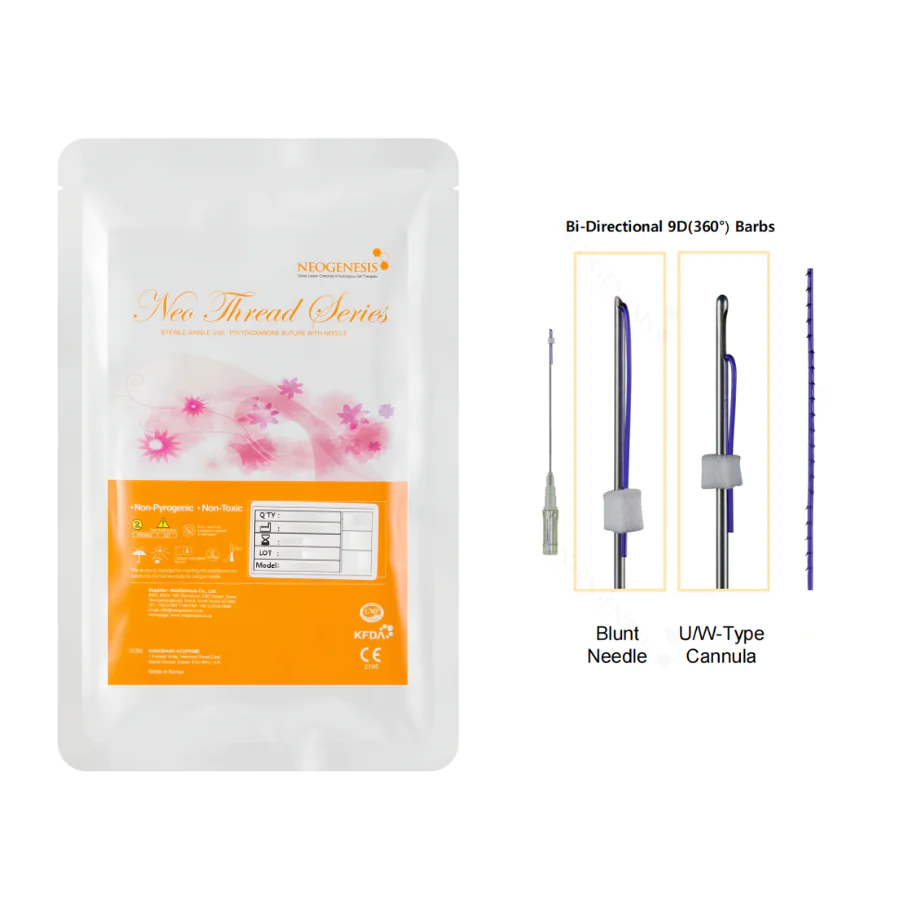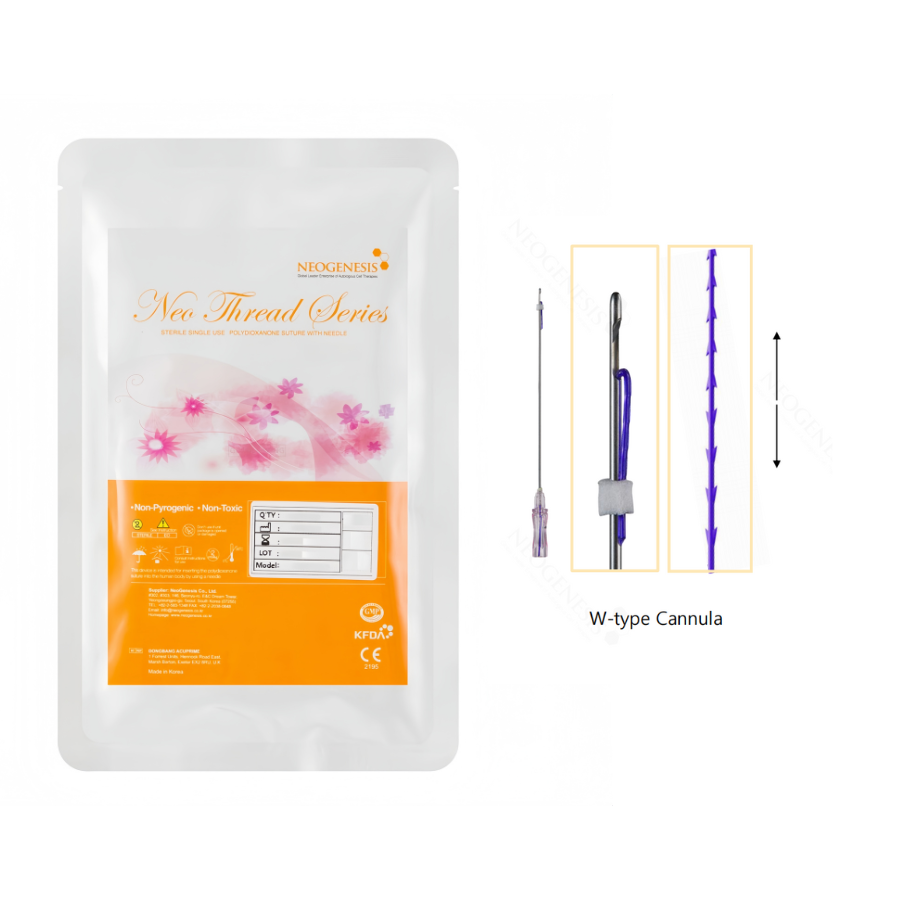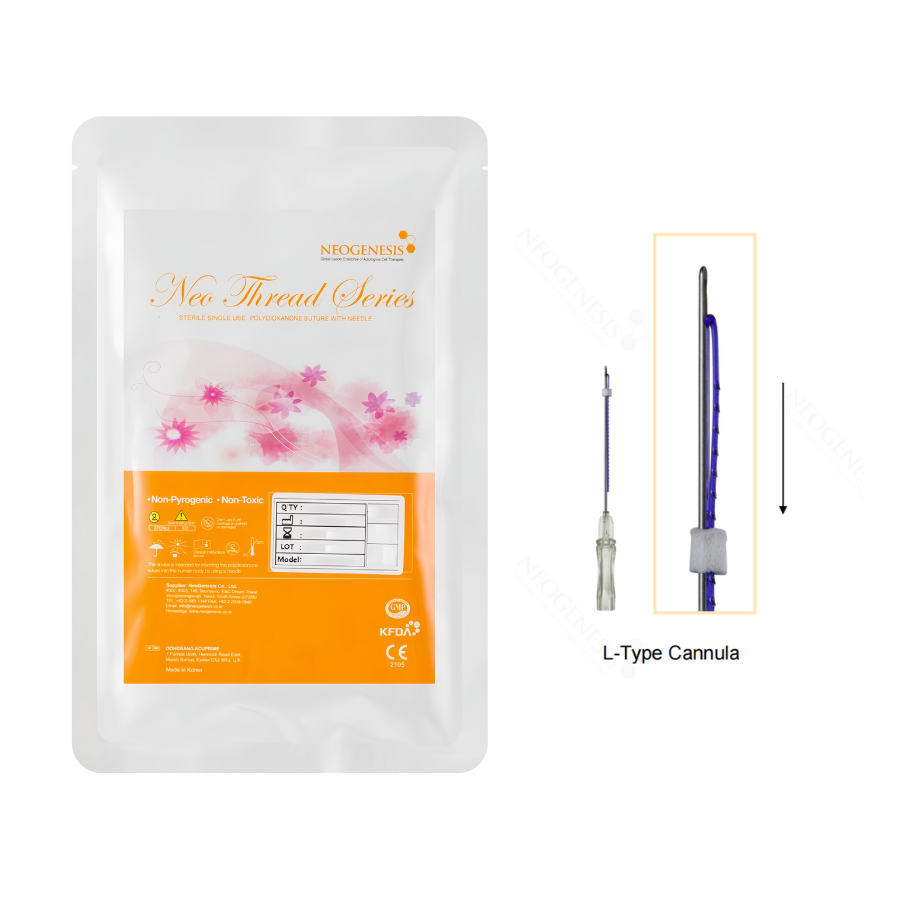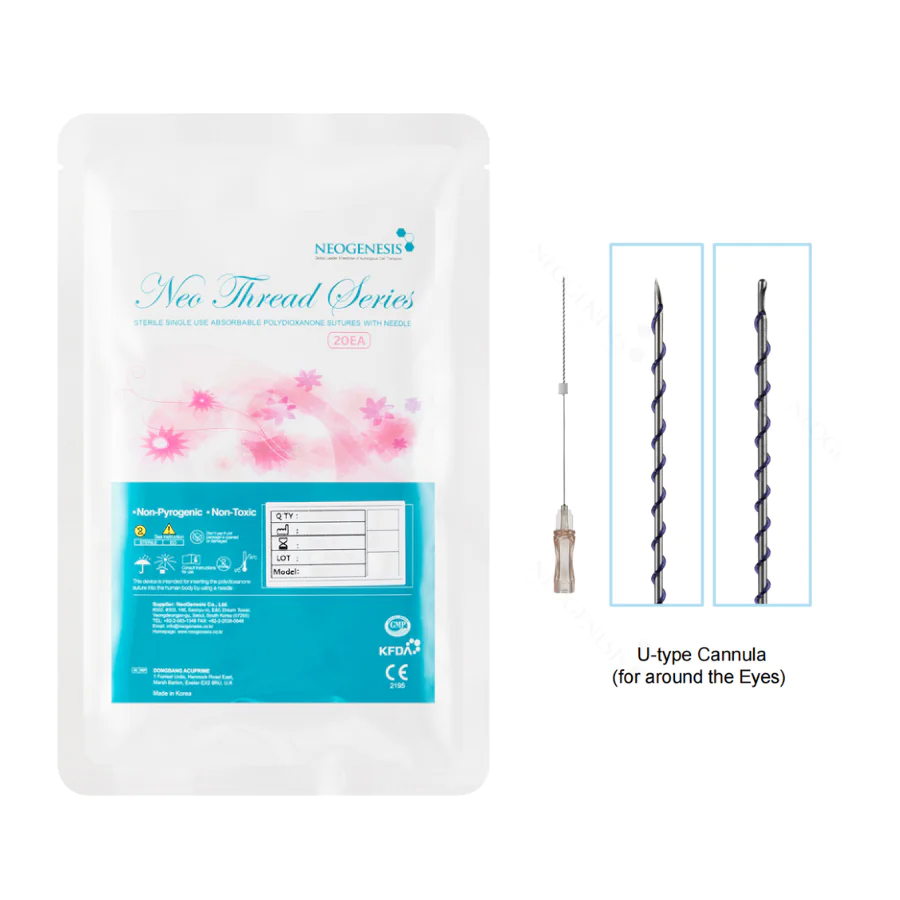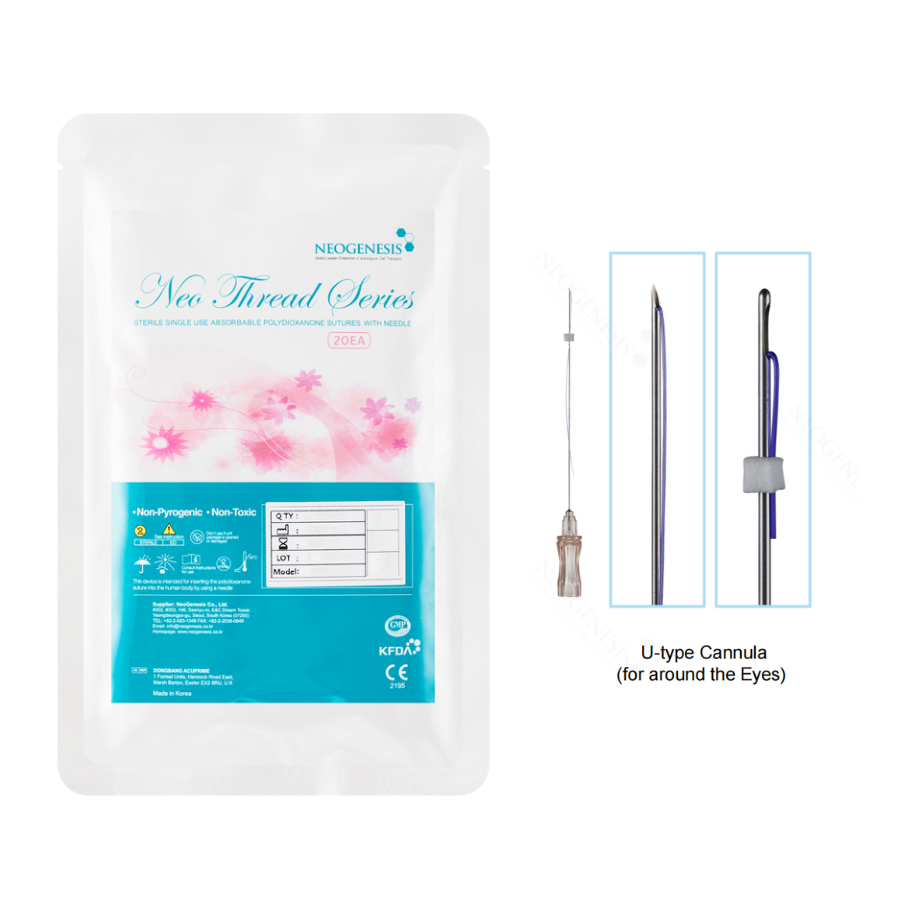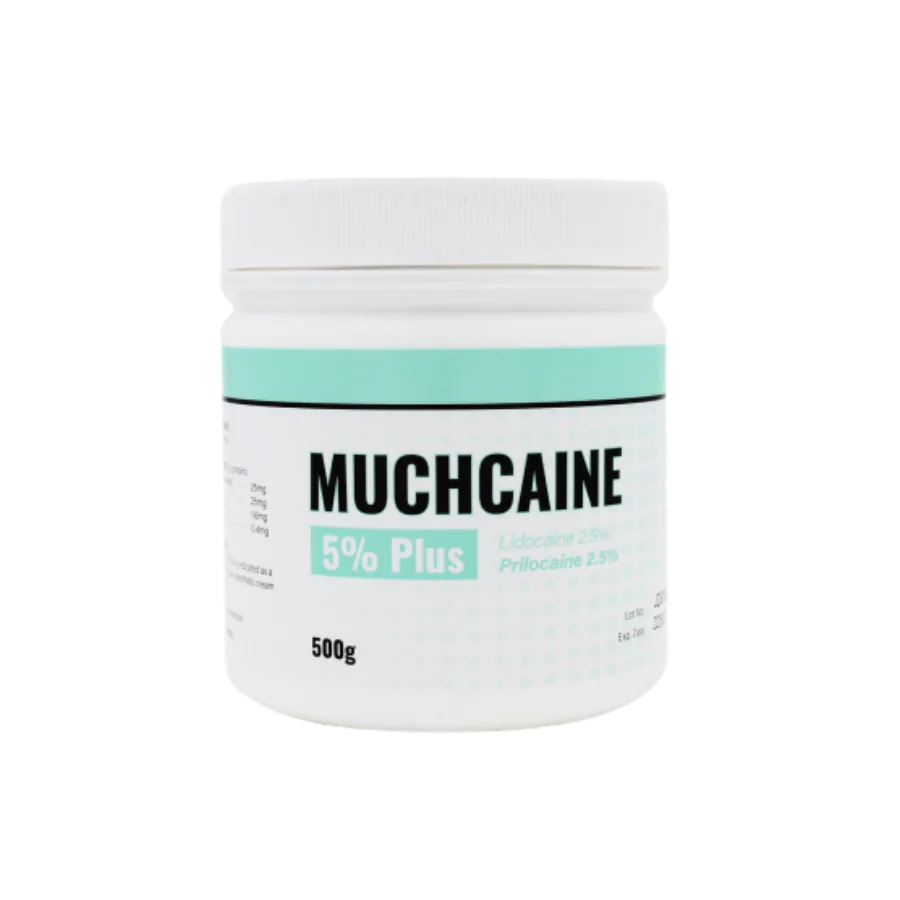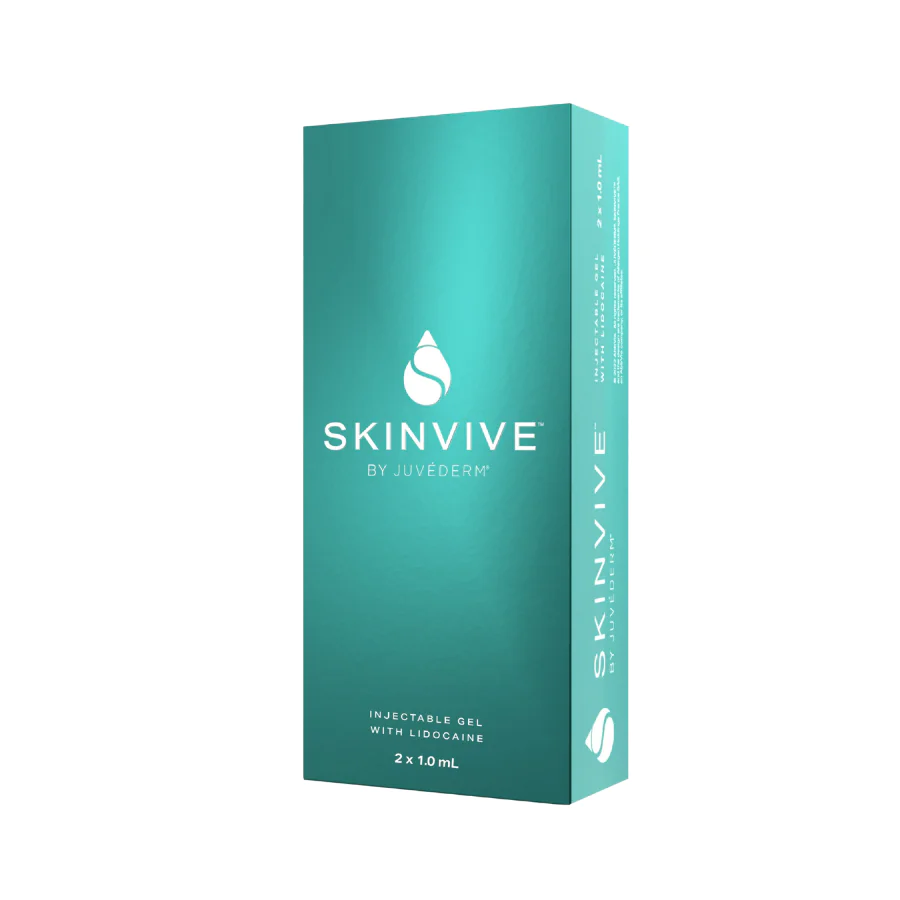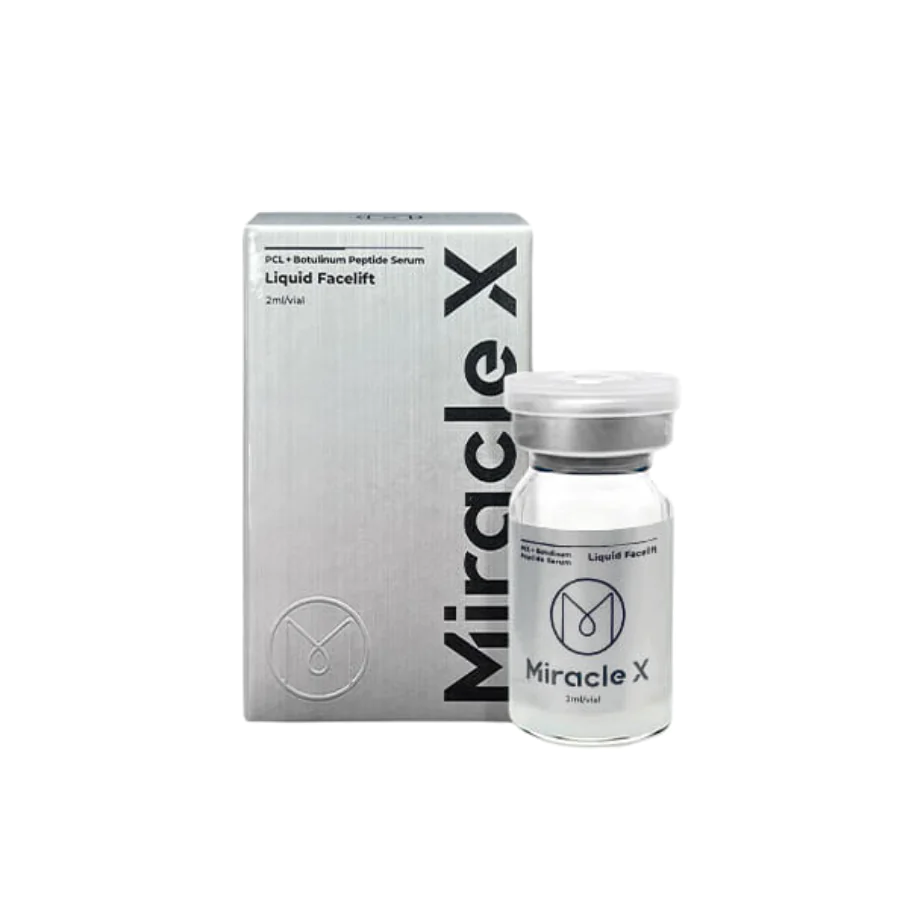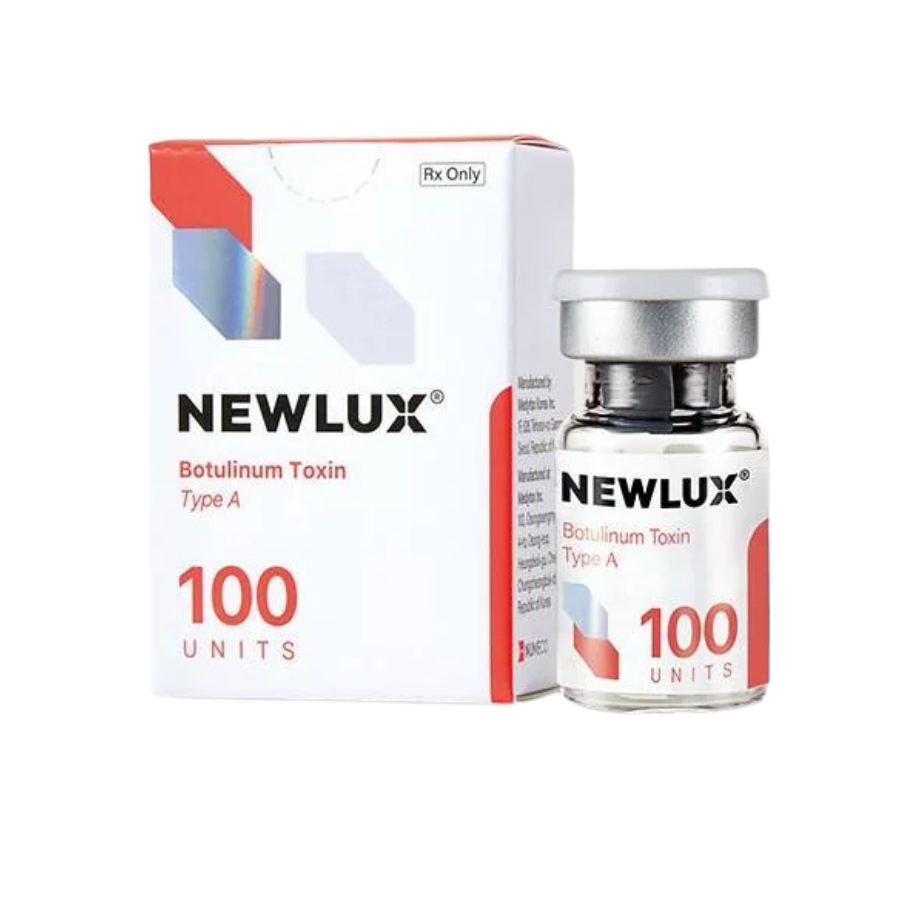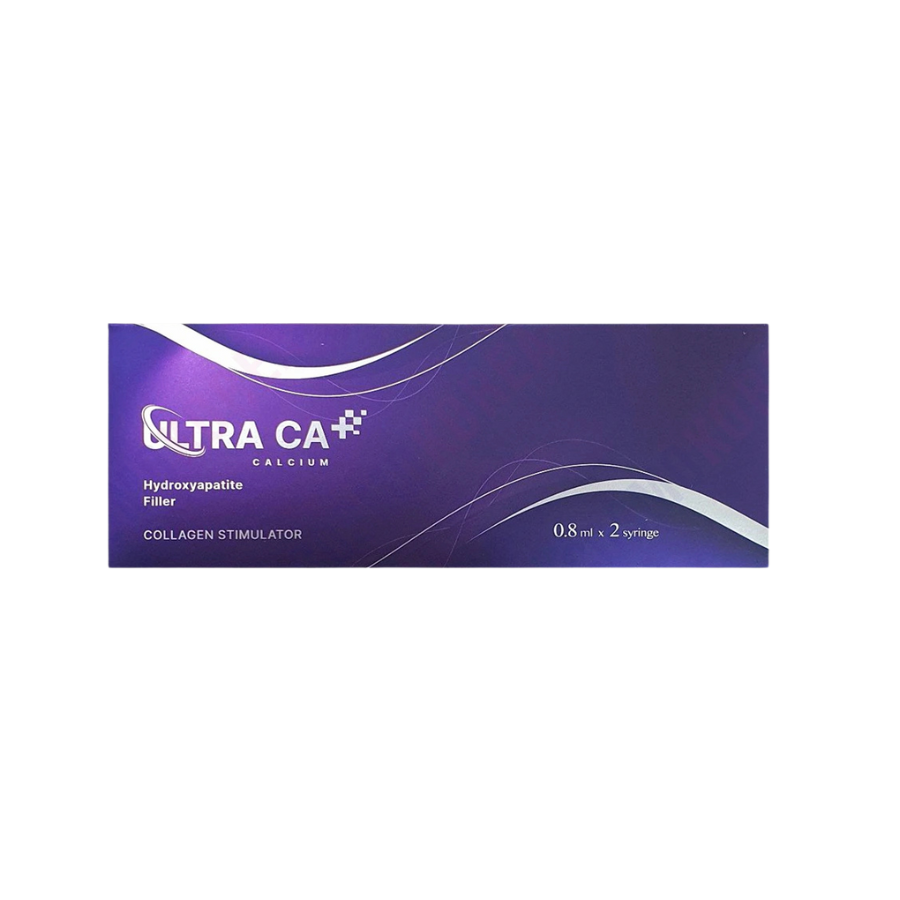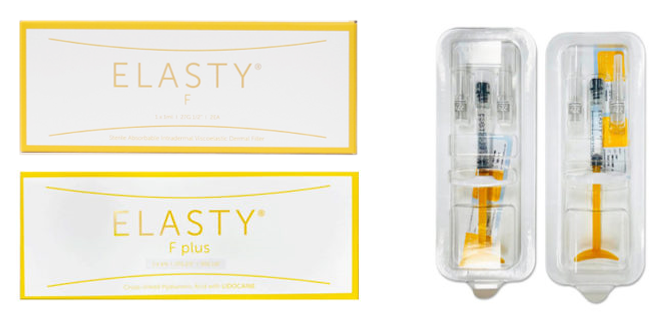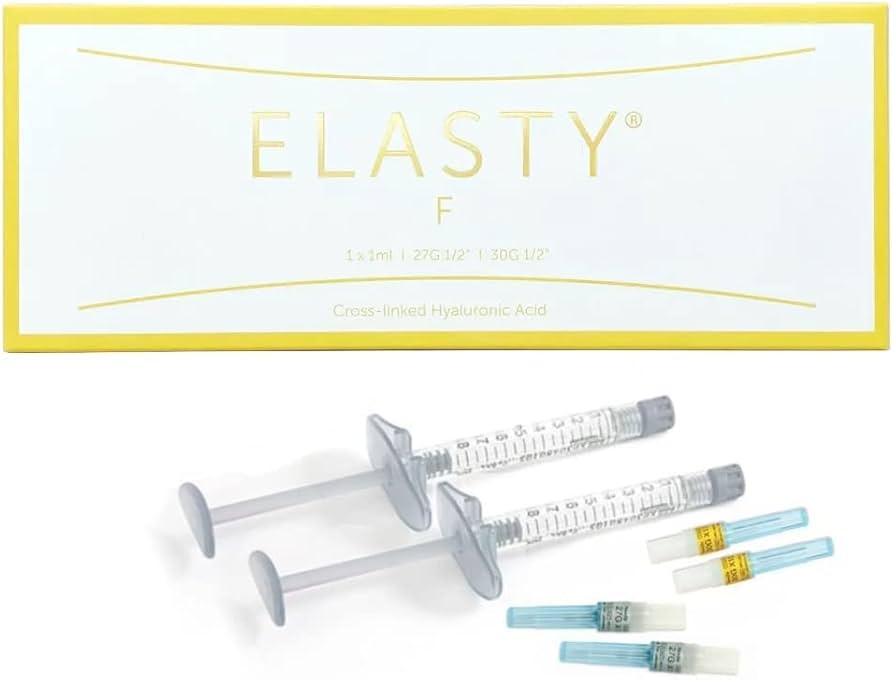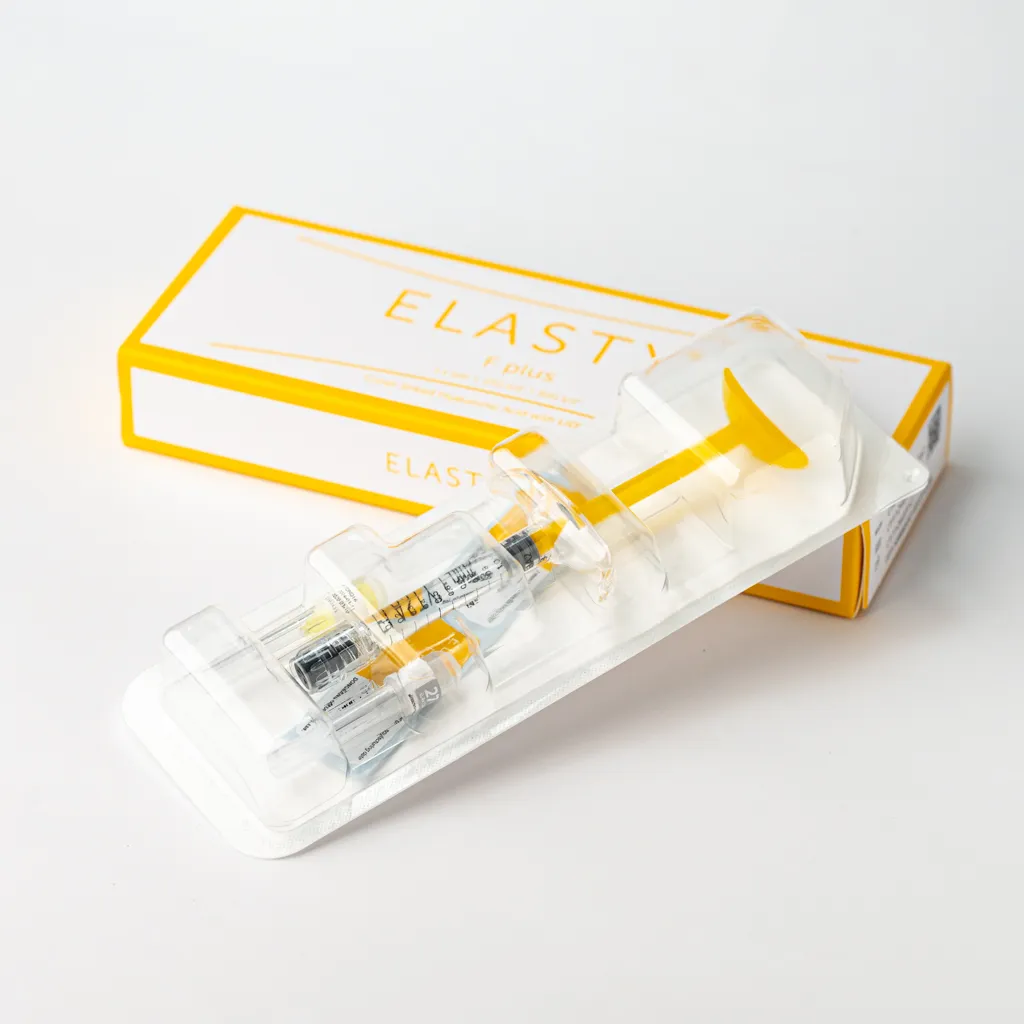When considering Elasty Filler, ask your practitioner about their specific experience with the product—experts with 50+ treatments yield better outcomes. Request real patient before/after photos to assess consistency in results. Finally, discuss personalized aftercare to minimize risks like nodules (1–3% chance) and ensure optimal longevity. Confirm whether lidocaine-free options exist if you have sensitivities.
Table of Contents
ToggleWhat Does Elasticity Treatment Usually Involve?
If you’re considering elasticity treatments—whether for skin, joints, or muscle recovery—you probably want to know exactly what to expect. Studies show that over 65% of patients feel more confident about treatment after understanding the process. Elasticity therapies vary, but most involve a mix of manual techniques, devices, and aftercare to improve flexibility, reduce stiffness, or enhance skin firmness. Below, we break down the key steps, tools, and what really happens in a typical session.
1. Common Elasticity Treatment Methods
Most practitioners use a combination of approaches depending on your needs. Here’s what’s usually included:
- Manual Therapy
- Hands-on techniques like myofascial release, stretching, or massage to loosen tight tissue.
- Often used for joint mobility or scar tissue softening.
- Device-Based Treatments
- Radiofrequency (RF) or ultrasound for skin tightening (common in cosmetic clinics).
- Shockwave therapy for tendon/joint elasticity (studies show ~70% improvement in chronic cases).
- Injectables & Topicals
- Hyaluronic acid fillers (for skin plumping) or collagen-boosting serums.
- Peptide-based creams (shown to improve skin elasticity by ~30% in 12 weeks).
2. Step-by-Step: What Happens in a Session?
A typical 30-60 minute session might follow this structure:
- Consultation & Assessment
- Your practitioner checks:
- Skin/joint flexibility (e.g., pinch test for skin, range-of-motion tests for joints).
- Medical history (some conditions, like Ehlers-Danlos syndrome, need special care).
- Your practitioner checks:
- Treatment Phase
- For skin tightening:
- Cleansing → RF/ultrasound device applied → Cooling gel → 20-min procedure.
- For joint/muscle work:
- Warm-up stretches → Manual therapy → Shockwave (if needed).
- For skin tightening:
- Aftercare & Follow-Up
- Avoid sun/sweating for 24h (if skin treatment).
- Gentle movement (for joint treatments) to prevent stiffness.
3. Tools & Tech Used
| Tool | Purpose | Effectiveness |
|---|---|---|
| RF Devices | Stimulates collagen | ~50% firmer skin in 3 months |
| Shockwave | Breaks down scar tissue | 60-80% pain reduction (studies) |
| Cupping | Improves blood flow | Temporary elasticity boost |
4. How Often Do You Need Sessions?
- Skin treatments: Usually 3-6 sessions, 4 weeks apart.
- Joint/muscle work: 1-2x/week for 4-6 weeks, then maintenance.
- Topicals: Daily use for gradual results.
5. Key Takeaways
- Most treatments are low-risk but avoid if pregnant or with certain skin conditions.
- Combination approaches (e.g., RF + peptides) work best for lasting results.
- Realistic expectations: Improvements often show after 2-3 sessions.

How Long Until I See Results from Elasticity Treatments?
If you’re investing time and money into elasticity treatments—whether for skin tightening, joint flexibility, or muscle recovery—you want to know when you’ll actually notice a difference. The answer isn’t the same for everyone. Research shows that about 40% of patients expect results too soon, leading to frustration, while others see improvements faster than anticipated. Your timeline depends on the type of treatment, your body’s response, and how consistent you are with sessions. Here’s a realistic breakdown.
Skin Tightening Treatments (RF, Ultrasound, Lasers)
These treatments stimulate collagen, but since collagen rebuilds slowly, visible changes usually take 4-6 weeks. Most people notice subtle firmness after 2-3 sessions, but full results (like smoother texture or lifted contours) can take 3-6 months. A 2022 study on radiofrequency treatments found that 75% of patients saw measurable skin tightening by week 8, with peak results around month 4. If you’re using topical collagen boosters (like retinoids or peptides), add another 6-12 weeks for noticeable changes.
Joint & Muscle Elasticity (Shockwave, Manual Therapy, Stretching)
For stiff joints or tight muscles, relief can come faster—sometimes within days. Shockwave therapy, for example, often reduces pain after just 1-2 sessions, but restoring full mobility might take 4-8 weeks of weekly treatments. Physical therapy for flexibility tends to show gradual progress; you might gain 10-15% more range of motion per month with regular work. A key factor here is your activity level. People who do daily stretching or light exercise recover 30-50% faster than those who skip rehab.
Injectable Fillers (Hyaluronic Acid, Collagen Stimulators)
Fillers like Sculptra or HA-based products can add volume immediately, but long-term elasticity improvements take longer. HA fillers show full effects in 2 weeks (once swelling fades), while collagen-stimulating injectables need 3-6 months to rebuild tissue. Maintenance matters, too. Without follow-ups, filler results fade within 6-18 months, depending on the product.
What Slows Down Results?
- Smoking or heavy sun exposure (breaks down collagen faster).
- Skipping aftercare (e.g., not moisturizing after RF treatments).
- Underlying health issues (like diabetes or poor circulation).
When to Worry
If you’ve had 6+ sessions with zero improvement, check with your practitioner. Sometimes, adjusting the technique or adding complementary treatments (like microneedling for skin) helps.
Are There Any Side Effects from Elasticity Treatments?
When considering any procedure—whether it’s skin tightening, joint therapy, or injectables—it’s smart to ask about potential side effects. Most elasticity treatments are low-risk, but like any medical or cosmetic procedure, they come with possible reactions. Studies show that about 15-20% of patients experience mild side effects, while serious complications are rare (less than 1%). The good news? Most issues are temporary and manageable. Here’s what you should know before booking your session.
Common Side Effects by Treatment Type
| Treatment | Most Common Side Effects | Duration | How to Manage |
|---|---|---|---|
| RF/Ultrasound Skin Tightening | Redness, slight swelling, tingling | 1-2 days | Cool compress, avoid sun |
| Shockwave Therapy | Bruising, soreness, temporary stiffness | 2-3 days | Light stretching, ice if needed |
| Hyaluronic Acid Fillers | Swelling, tenderness, minor bruising | 3-7 days | Arnica cream, avoid alcohol |
| Collagen-Stimulating Injectables | Lumps (rare), itching, mild discomfort | Up to 2 weeks | Gentle massage, follow aftercare |
| Manual Therapy (Massage/Stretching) | Muscle soreness, fatigue | 24-48 hours | Hydrate, light movement |
Less Common but Possible Reactions
While most side effects are mild, a small number of people may experience:
- Skin treatments: Temporary numbness, slight peeling (if lasers are used).
- Joint/muscle therapies: Increased pain (if overworked), minor swelling.
- Injectables: Asymmetry (if filler settles unevenly), rare allergic reactions.
Important: If you notice severe pain, prolonged swelling, or signs of infection (like pus or fever), contact your practitioner immediately.
Who’s at Higher Risk?
Some factors make side effects more likely:
- Sensitive skin (more prone to redness or irritation).
- Blood-thinning medications (can increase bruising).
- Autoimmune conditions (may slow healing).
If you fall into any of these categories, discuss adjustments with your provider beforehand.
How to Minimize Side Effects
- Prep your skin/body: Avoid alcohol, NSAIDs (like ibuprofen), and sun exposure 48 hours before treatment.
- Follow aftercare: Use recommended creams, avoid intense workouts, and stay hydrated.
- Choose an experienced practitioner: Proper technique reduces risks like uneven filler or over-treated areas.
Long-Term Risks?
Most elasticity treatments don’t have lasting side effects if done correctly. However:
- Overuse of fillers can stretch skin over time.
- Aggressive shockwave therapy might cause nerve irritation if improperly applied.
- Chronic overstretching (in physical therapy) could lead to joint instability.

